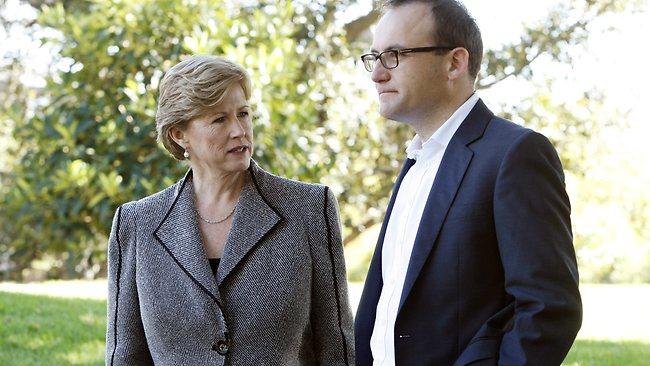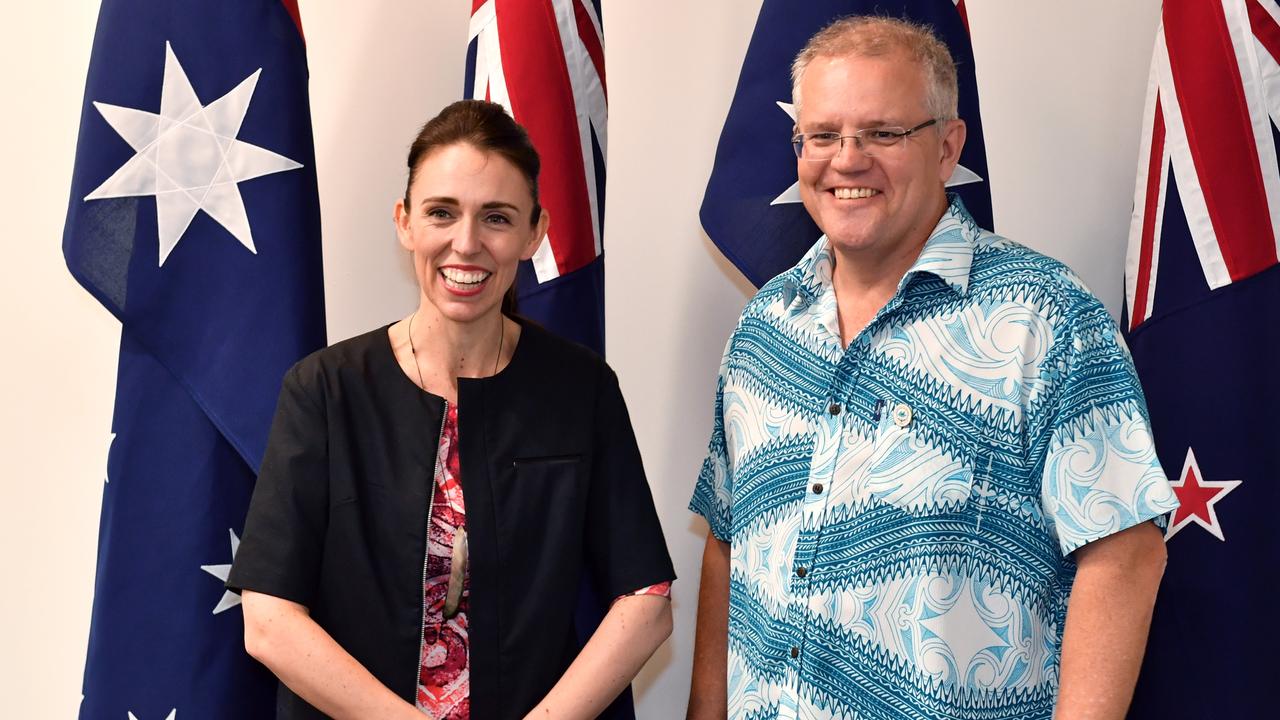
INTERNAL Labor Party polling and focus-group research shows supporters of the Greens are a combination of rusted-on environmentalists, far-left activists and a weakly committed core of disaffected voters, some of whom could switch to Labor.
While the departure of Greens leader Bob Brown provides Labor with an opportunity to win back disaffected voters opting for the Greens, some Labor strategists think this is a zero-sum game.
Rather than look to the party's Left, they argue, Labor should focus on winning voters lost to the Coalition in the centre ground of politics.
Labor is divided about how to lift its dismal primary vote, stuck at about 30 per cent in published polls. (Labor's internal polling has the party slightly higher.)
Some want the party to move leftward on policy and reinvigorate its community links. Others suggest competent government in the progressive Labor tradition that appeals to mainstream values can win votes across the political spectrum. The departure of Brown has energised these tensions.
If Labor thinks "out-Lefting" the far Left will lead to the sunlit uplands of electoral nirvana, then it is mistaken. Class-war rhetoric may win plaudits from the Left, but it won't win its votes. Nor will support for tax hikes, banning live exports, ending forestry logging or stopping uranium exports. If voters want a far-left party, they will opt for the real thing: the Australian Greens.
Some see a third option: creating a permanent Labor-Green alliance to combat the conservatives. Centre-left parties in Europe are often in alliance with Greens. A member of Labor's national executive suggested to me last year that the party's future may be as a majority partner in minority governments.
Labor's wiser heads believe the Greens' support has peaked and Brown's departure will accelerate their decline. Labor research provides an insight into who votes Green and why, and suggests the bigger challenge may well be for the Greens to maintain voters rather than for Labor to win them.
The Greens' support at elections and in polling measures 10 per cent to 12 per cent of the vote. (At the Queensland election it was 7.5 per cent.) About half of Greens voters are far-left activists or environmentalists. The rest are disillusioned with politics and include former Labor and Australian Democrats voters.
This explains Brown's holier-than-thou rhetoric, presenting the Greens as an "alternative to the tired, cynical politics" of the established parties.
The Greens' base vote is motivated almost entirely by environmentalism. For the base, they are a single-issue party. If environmental policy wanes in importance, so will Greens votes. This is why Christine Milne wants to broaden the party's appeal to farmers and small business and is advocating non-environmental causes.
Some Greens voters want Labor to be more progressive on social issues and demonstrate conviction, boldness and leadership. This is why Milne says the Greens can influence the main parties. But there are more voters for Labor to win in the Centre who have fled to the Coalition.
Some Labor strategists believe the Greens' strength is overstated. At the 2010 election, they received 11.8 per cent of the primary vote. Newspoll shows that support has not increased.
Much has been made of the Greens winning the NSW state seat of Balmain and the federal seat of Melbourne. But at the Victorian and Queensland elections, despite much hype, they failed to win a single seat. They lost votes in Queensland.
The Greens are unlikely to win any lower-house seats without Liberal Party preferences. Liberal sources say the party will not direct preferences to Adam Bandt at the next election, making his chance of retaining the seat of Melbourne highly unlikely.
Directing second-preference votes from Greens voters can be important for Labor in many state elections, where preferences are optional. But at federal elections, where allocating preferences is compulsory, even if they are not explicitly directed to Labor, 70 per cent to 80 per cent tend to flow to the party anyhow.
Although there are mixed views in Labor about whether to chase Greens voters, pander for preferences or ignore them altogether, almost all recognise the bigger problem: Labor's parliamentary alliance with the Greens. A Labor operative describes it as a "death kiss" or a "death hug". Either way, only death will come of it.
Labor is grappling with how to fight an opponent with which it is in alliance. In focus groups, voters see the alliance as emblematic of what is wrong with Labor. They do not believe Labor shares the Greens' values. They think Labor capitulated to the Greens on the carbon tax. The alliance alienated many Labor voters and potential Labor voters.
It is why many inside Labor see the alliance as a strategic error, especially as Bandt said during the campaign that he would not support an Abbott-led government, making the alliance unnecessary.
Key Labor figures are adamant that the party should focus on voters lost to the Coalition. These voters value economic security, opportunity and aspiration. They want relief from the escalating cost of living. They are not opposed to progressive social reform, provided it is in moderation. They want Labor to focus on mainstream issues, such as economic management, jobs, health and education. They want competent and trustworthy government.
They see the Greens as the enemy of these values, and environmental evangelism as a luxury in a world less prosperous than it was before the global financial crisis.
The danger for Labor and the Coalition is that far-left unorthodox ideas propagated by the Greens could chime with a growing protectionist sentiment and populist fairytale economic theory given voice by some unions on the radical Left and Bob Katter and the Nationals on the conservative Right.
Labor has a chance to forge a middle way that advances a pro-growth, pro-market agenda with social and environmental policies that reflect the values held by mainstream voters, rather than aligning with a party that dwells in the fringes of politics, with a shrinking and insular voting base.



